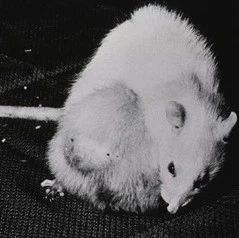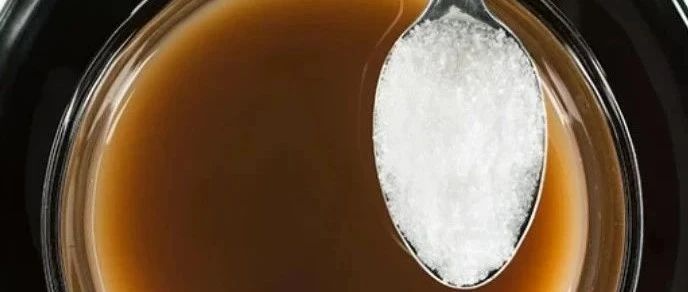
受损的皮肤和肝脏往往可以自我修复,心脏却不具备这种强大的自愈功能。不过,英国《自然》杂志8月5日发表的最新研究报告指出,从人类胚胎干细胞分化而成的心肌细胞被移植入豚鼠受损的心脏后,成功地实现了与受体心肌的同步跳动,降低了心率不齐(心律失常)的发生率,这项成果为采用细胞疗法治疗心脏病带来了希望。
利用动物模型来评估心脏病细胞疗法的效果一直是个难题,因为人类细胞跟不上实验鼠的心跳节奏。大鼠和小鼠的心率分别为每分钟大约400次和600次,而由人体胚胎干细胞培养而来的心肌细胞每分钟跳动的频率一般不超过150次,即使通过外部电刺激,也只能提高到每分钟240次。
不过,豚鼠的心跳约为每分钟200次到250次,接近人类心肌细胞的极限。华盛顿大学心血管生物学家查克·默里和迈克尔·拉弗雷姆带领研究小组利用左心室受伤的豚鼠进行了此次实验,伤口留下的疤痕使豚鼠的左心室变窄,导致泵血功能减弱,更易出现心律不齐。
研究人员设法抑制住豚鼠的免疫系统对人类细胞的排异反应,并发明了一种直接评估心脏电活动的方法:利用最新的基因工程技术将一个“传感器”基因插入人类胚胎干细胞中,当这些干细胞分化而成的心肌细胞收缩时,便会发出荧光。
实验结果显示,接受了人类心肌细胞移植后,豚鼠受伤的左心室出现了部分再肌化的迹象,泵血功能增强。更让人惊奇的是,移植非但没有引起研究人员普遍担忧的心律不齐,反而使豚鼠心脏心率不齐的发生率降低了。“我们的研究证实,这些细胞与正常工作的心肌细胞功能一样,可与其余的心脏组织同步跳动。”默里说。
心律不齐是心脏病病发后致人死亡的一个主要因素。拉弗雷姆指出,他们的研究结果提供了强有力的证据,表明这些人类心肌细胞供体符合真正的心脏再生的生理学标准,如果能够在大型动物模型身上获得同样的效果,将具有重大的临床意义。
没有参与该项研究的纽约大学朗格尼医学院心脏病专家格伦·菲什曼却认为:“人类细胞可以与豚鼠组织相衔接的结论是真实的,但说到临床意义就言过其实了。”他解释说,疤痕组织上只有很少的一部分区域“嫁接”了移植的心肌细胞,不足以产生很多额外的泵力。但他猜测,这些移植细胞隐藏着让受损的受体组织重现活力的秘密,事实上,有很多研究人员正在探索这种策略,以促使受损的心脏组织自行恢复。
默里和拉弗雷姆都表示,还需要开展更深入的研究工作,才能进行可移植心肌细胞的人体试验。对他们而言,目前更紧迫的目标是要寻找理想的实验条件,以便让细胞更大范围地嫁接到疤痕组织上。

Human ES-cell-derived cardiomyocytes electrically couple and suppress arrhythmias in injured hearts
Transplantation studies in mice and rats have shown that human embryonic-stem-cell-derived cardiomyocytes (hESC-CMs) can improve the function of infarcted hearts, but two critical issues related to their electrophysiological behaviour in vivo remain unresolved. First, the risk of arrhythmias following hESC-CM transplantation in injured hearts has not been determined. Second, the electromechanical integration of hESC-CMs in injured hearts has not been demonstrated, so it is unclear whether these cells improve contractile function directly through addition of new force-generating units. Here we use a guinea-pig model to show that hESC-CM grafts in injured hearts protect against arrhythmias and can contract synchronously with host muscle. Injured hearts with hESC-CM grafts show improved mechanical function and a significantly reduced incidence of both spontaneous and induced ventricular tachycardia. To assess the activity of hESC-CM grafts in vivo, we transplanted hESC-CMs expressing the genetically encoded calcium sensor, GCaMP3. By correlating the GCaMP3 fluorescent signal with the host ECG, we found that grafts in uninjured hearts have consistent 1:1 host–graft coupling. Grafts in injured hearts are more heterogeneous and typically include both coupled and uncoupled regions. Thus, human myocardial grafts meet physiological criteria for true heart regeneration, providing support for the continued development of hESC-based cardiac therapies for both mechanical and electrical repair.
文献链接:Human ES-cell-derived cardiomyocytes electrically couple and suppress arrhythmias in injured hearts







